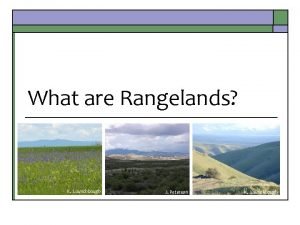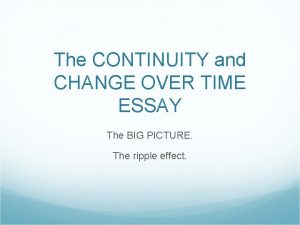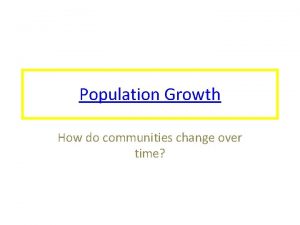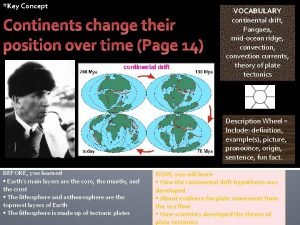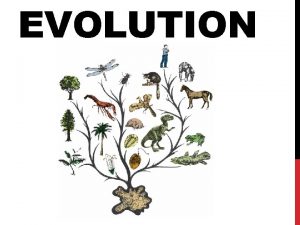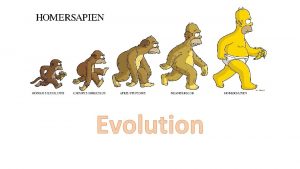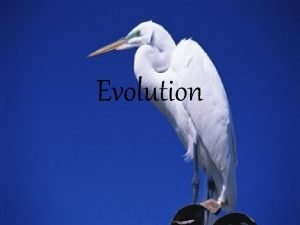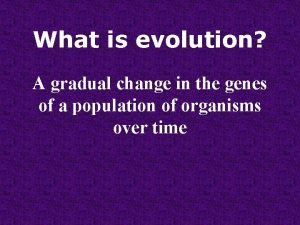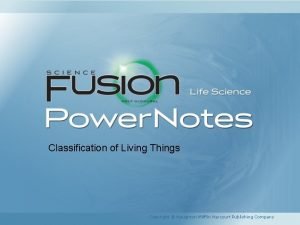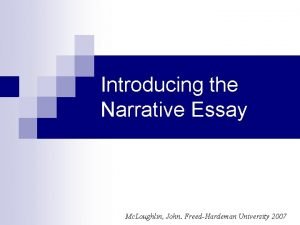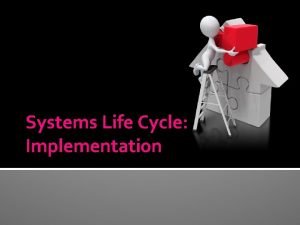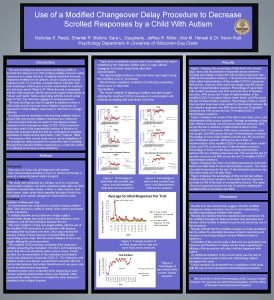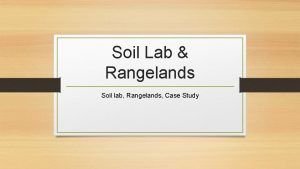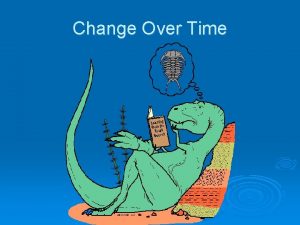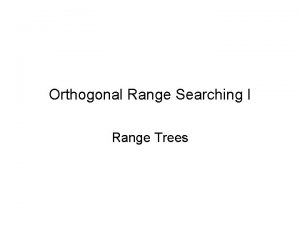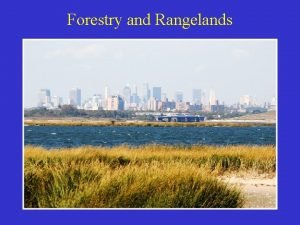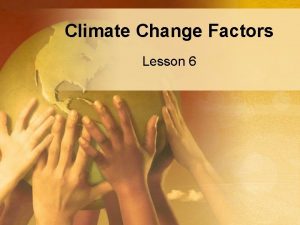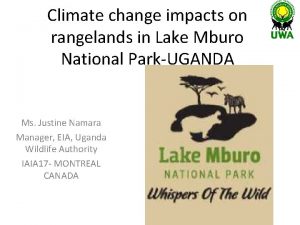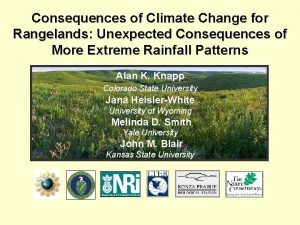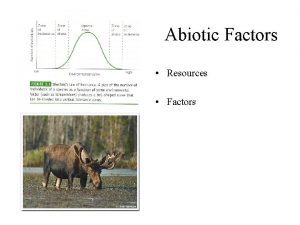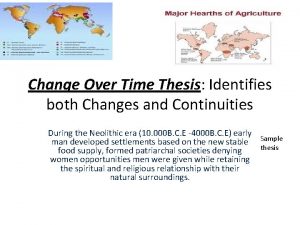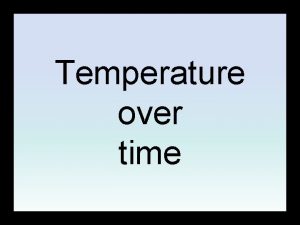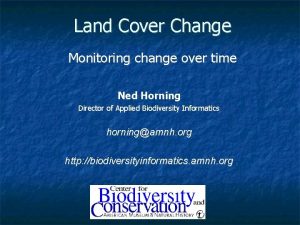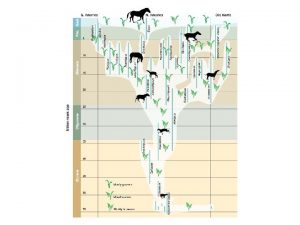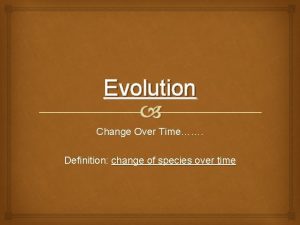Changes to Rangelands Over Time Range Change Factors


























- Slides: 26

Changes to Rangelands Over Time

Range Change Factors o o o Grazing Fire Invasive Species Weather/Climate Human Activities

Goal of ecosystem management o Efficiently capture sunlight o Reduce losses of nutrients and water from system Land managers will have more specific goals

Forces of Ecosystem Change o Immigration and establishment of plants o Competition between plants n n Fire Grazing o Site modification o Stabilization

How does grazing affect plants o o o Some plants are extremely sensitive to grazing (A) Most plants are somewhat tolerant of grazing (B) A few plants actually benefit from grazing, especially light grazing (C )

How does fire affect plants o o o Some plants are extremely sensitive to fire (A) Most plants are somewhat tolerant of fire (B) Other plants actually benefit from fire especially light grazing (C )

Adaptations to Fire and Grazing Woody Plants Grasses Grazing Fire

Location of Growing Points - Grasses Also called: • Buds • Meristems From: How Pasture Plants Grow by Stephen K. Barnhart; Iowa State Cooperative Extension

Location of Growing Points - Grasses “push” growth from the growing point --- old growth at tips of leaves

Location of Growing Points - Grasses o As long as the growing point is present growth continues. o If removed - growth stops and new growth has to initiate from a dormant bud. From National Range and Pasture Handbooks www. glti. nrcs. usda. gov/technical/publications/nrph. html Chapter 5 page 2 -13

Location of Growing Points - Grasses Stolon Rhizome New growth can come from below Stolons & Rhizomes

Location of Growing Points - Grasses Culmed Apical Meristem Culmless Axillary Buds

Location of Growing Points - Grasses o Location depends on season n n Early in the growing season - close to the ground and protected. As the season progresses - elevates and subject to removal.

Location of Growing Points – Shrubs & Trees Forbs and shrubs initiate growth outermost points

Location of Growing Points – Shrubs & Trees Meristem J. Peterson

Location of Growing Points – Shrubs & Trees May have basal buds and be able to resprout form base after fire

Other fire adaptations – Shrubs & Trees J. Peterson Insulating bark fs. fed. us Serotinous Cones

Differences between fire & grazing? Grazing o o __ __ Fire o o __ __

Differences between fire & grazing? Grazing Fire o Selects palatable over unpalatable o Not selective for specific plants o Live tissue preferentially removed o Removes dead and live tissue o No heat produced o Produces heat o Recycles nutrients in organic (feces) and inorganic (urine) forms o Recycles nutrients in inorganic form o Recycles nutrients in a relatively even layer across the landscape o Recycles nutrient in patches o Patchiness on a plant-scale o Patchiness on a landscape scale o Occurs year round o Most likely in dry-hot season o Can cause compaction through hoof action o May create hydrophobic soil layer but, doesn’t yield compaction o Generally reduces seed viability though some seeds require consumption to become viable o Generally reduces seed viability, though some seeds require fire to be viable.

Weather/Climate o o Most important factor in long-term changes to rangeland plant communities Normal variation Year-to-year (annual) n Long-Term n o o Drought Impacts on plant composition

Exotic of Introduced Species o o o Definition: “plants that are not native to a region that have been brought in either intentionally or unintentionally” Invasive vs. weed Response to disturbance n o How do they increase? Negative environmental impacts

Invasive Species o o Species that increase in a community in a way the suppresses other plants in the community and reduces there abundance or fitness. Can native or introduced Negative environmental impacts Have characteristics, such as high seed production or root sprouting, that allow them to increase with disturbance.

Human Activities o o Include development, recreation, subdivision Humans affect other forces of nature Invasion n Fire n Grazing n Climate/weather? n

Current Issue of Ecological Change: The “Pristine Dream” - many environmentally concerned people wish that rangelands could return to pristine conditions similar to what Lewis and Clark observed. o Possible or Not?

Current Issue of Ecological Change: Sustainability (or Sustained-yield) is the concept that we can graze or otherwise use the rangeland resource in such a way as to not jeopardize future productivity. o Possible or Not?

Current Issue of Ecological Change: Biodiversity (or Biological Diversity) is an attribute that describes for the variety of organisms the genetic variation they contain and the variety of communities, ecosystems and landscape pattern in which they occur. o o Believed that more diverse ecosystems are generally more stable and able to cope with disturbance than less diverse ecosystems. Many agencies and environmental organizations espouse the concept that we should manage for high biodiversity. Yes or No?
 Slidetodoc.com
Slidetodoc.com Changes in latitudes, changes in attitudes meaning
Changes in latitudes, changes in attitudes meaning What's a physical change
What's a physical change Change over time essay
Change over time essay Communities change over time
Communities change over time Continents change position over time
Continents change position over time The gradual change in a species over time
The gradual change in a species over time What is a semantic shift
What is a semantic shift Coevolution
Coevolution A gradual change in a community over time.
A gradual change in a community over time. Natural selection examples
Natural selection examples Change in hereditary features over time
Change in hereditary features over time The gradual change in a species over time is
The gradual change in a species over time is Why do classification systems change over time?
Why do classification systems change over time? As compared to long-range forecasts, short-range forecasts
As compared to long-range forecasts, short-range forecasts Changes aren't permanent but change is
Changes aren't permanent but change is Example of elapsed time
Example of elapsed time Over the mountain over the plains
Over the mountain over the plains Siach reciting the word over and over
Siach reciting the word over and over Handing over and taking over the watch
Handing over and taking over the watch Essaymc
Essaymc Range change
Range change Direct changeover implementation
Direct changeover implementation Change over delay
Change over delay Site vs situation
Site vs situation Abiotic
Abiotic Abiotic vs biotic factors
Abiotic vs biotic factors
